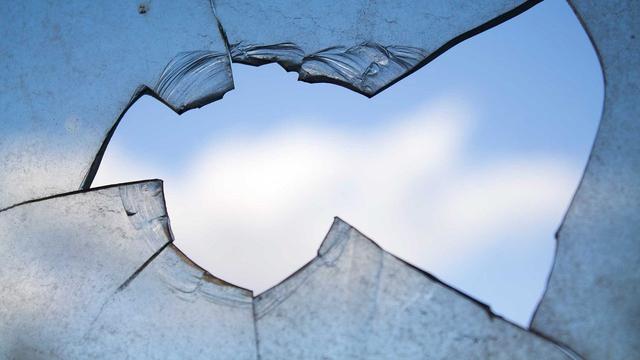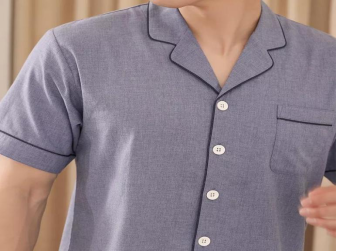Home → fancy clothes → Do you know the theo...
Do you know the theory of broken windows?
In 1969 Stanford University professor Philip Zimbardo conducted an experiment calling it the broken windows theory. If a broken window appears in a building and it is not fixed soon, the rest of the windows will appear broken and the area will be neglected.
In 1969, at Stanford University, Professor Philip Zimpardo conducted a social psychology experiment. He left two cars abandoned on the street, identical, same model, color and characteristics. One left him in the Bronx, then a poor and troubled part of New York, and the other in Palo Alto, a wealthy and quiet part of California. The abandoned car in the Bronx was left unlocked and soon the windows were broken, the wheels and the radio were stolen; they rendered it unusable. The other one remained untouched though, no one approached it for a week. The investigators decided to hit and dent the car and shortly after, the same thing as with the Bronx car was repeated, theft and vandalism until it was destroyed.
Why does this happen? Not because breaking up is normal and fun. But the broken window has a direct message: there is no one here to take care of this. Imagine that, in your neighbourhood, a house or a commercial premises is uninhabited and after weeks you notice that there is dirt on the outside and a broken window appears, if it is not fixed soon we will see how more damage appears, and vandalism will increase in your neighbourhood. and dirt. An effect that cleaning experts such as BISSELL have valued by applying it to spaces such as the home. It is like a plague, surrounding elements are infected, creating dirt and abandonment. These experts in cleaning and home care share their experience and technological knowledge to respond to the cleaning needs of each home. Specifically, they know the peculiarities of each home and therefore, they know that after a working day when you get home and see all the pending tasks, you don't know where to start and, sometimes, they tend to increase and get worse.

Apply this theory to your day to day
Normally, we turn on the automatic button, our pace of life is overwhelming and we take on many projects and responsibilities, when we notice that we are not there, we panic and focus our energy on things that we believe are important, but we lose our way.
This is where the situation must be stopped and redirected. Take control, delegate and prioritize. It is recommended to distribute the time to repair those "broken windows". That is to say, in the morning, making the bed, even when you have more things to do, if you start with your room generates a considerable improvement and the order begins with an important point, your bedroom. After breakfast, clean it up, it is not necessary to leave the kitchen impeccable, but if when you return from your day you see that everything is tidy and clean, the arrival will be more harmonious and you will be able to dedicate yourself to other tasks.
It is not worth spending three times as much time picking up the whole weekend and then, during the week, leaving things without picking up due to exhaustion, and so on. And, in the end, there is no time to order everything, does it ring a bell? «If something breaks at home, fix it in the shortest possible time. If the basket is full of clothes, clear it. Try to do things at the moment and if you can't, organize yourself to do it before going to bed because if you don't you will accumulate it, "explains Montoiro.
If these habits are followed little by little, a routine will be created in the order of the home, that is, keeping the house in good condition can contribute to reducing the time and effort in cleaning it. This is the logic that we must apply in cleaning practices to improve efficiency and effectiveness.







